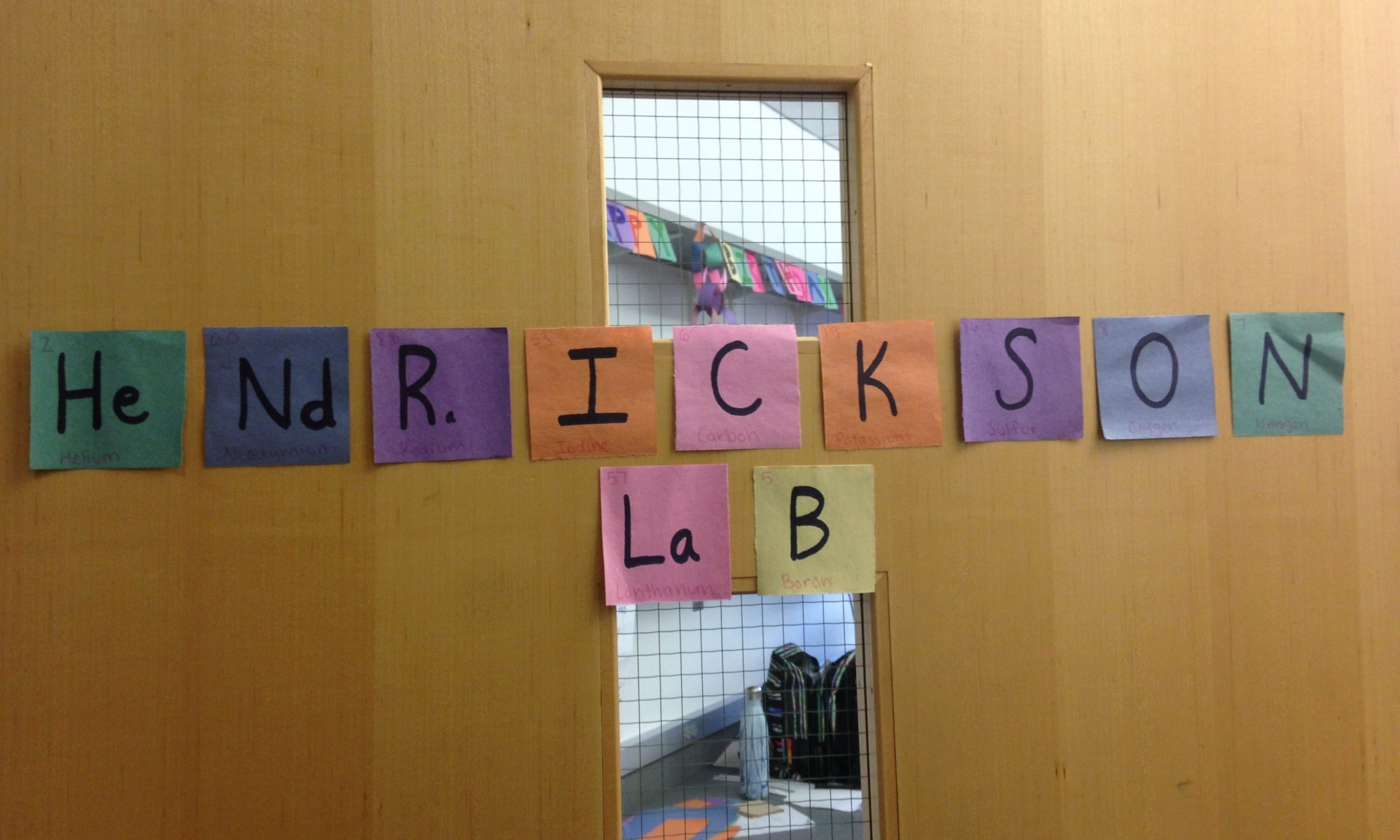In the Hendrickson group, we use computational methods to investigate molecules and materials that can be used to solve a wide variety of chemical problems. We carry out all of our “experiments” on the computer, which means that there are endless possibilities in the types of molecular systems and processes that we can model! Students in our group are able and encouraged to pursue their interests! Current students in our group are working to design materials that can be used to generate solar energy, while others are working to discover drug molecules that can be used to improve human health.
We seek to understand the electronic properties of various polymer materials, which enables us to determine how these materials may be used in electronic devices such as solar cells, light emitting diodes, and field-effect transistors. To study these molecular systems, we use ab initio approaches such as density functional theory (DFT), which take into account the quantum behavior of electrons in these systems. We also use quantum mechanics/molecular mechanics (QM/MM) approaches and molecular dynamics (MD) simulations to study properties of these molecular systems within the bulk material.
We are also interested in understanding how proteins function in biological systems and the way that small molecules interact with these proteins. In order to understand these interactions, we use a combination of various computational methods. We use protein-ligand docking and quantum mechanics/molecular mechanics (QM/MM) approaches to identify relevant protein-ligand interactions. We also use molecular dynamics (MD) simulations to model how the interactions in these systems fluctuate over time.
